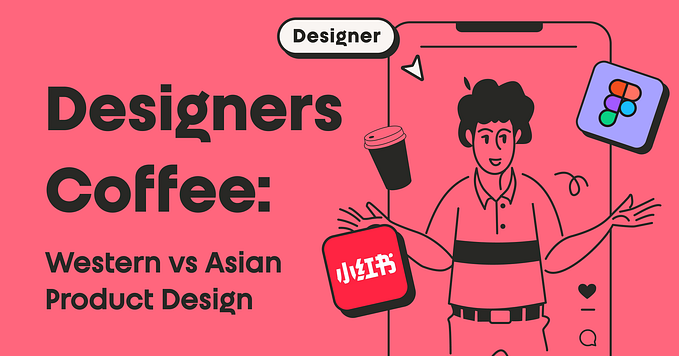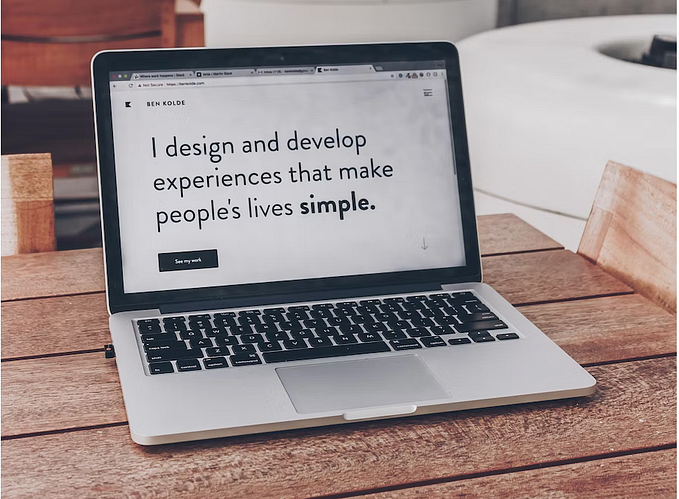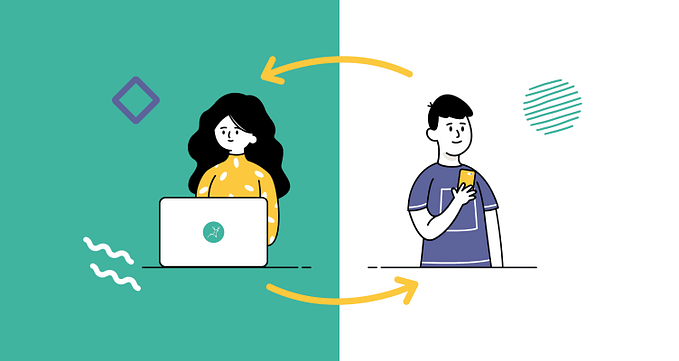Member-only story
To show how effective your designs are, talk about user behavior change
Design isn’t just about looking nice: it’s about changing user behavior

One of my most visually unappealing case studies is often the one that interests interviewers.
It’s a simple, unassuming form re-design that gets people to stop for one reason: I changed the user behavior of 231,000+ field office workers misfiling a particular claim.

When you start to design at scale, one of the most important to understand is the power of designing for behavior change.
Behavior change isn’t something that seems related to the design process.
However, defining the behavior you want to change can be equally important for one key reason: it’s a way to show the impact of design, even if you don’t have metrics.
To understand why, you must first realize we’re not discussing complex behavior change.
Behavior change can be simple, too.
When people hear the words “Behavior change,” they often imagine fields like behavioral psychology, which are about changing complex and drastic behaviors.
However, behavior change for UX is much simpler and smaller in scale. We’re not addressing deep-seated issues. We’re designing to either change undesirable behaviors or create desired behaviors.
For example, imagine you’re asked to re-design a flawed checkout process. A business pulled together a team, a budget, and a timeline to fix the feature because of undesirable user behavior.
The undesirable user behavior, in this case, might be that 65% of all users are abandoning the checkout process. In that case, UX needs to tackle two things:
- Figure out Why users behave this way
- Figure out What to design that might change this user behavior









